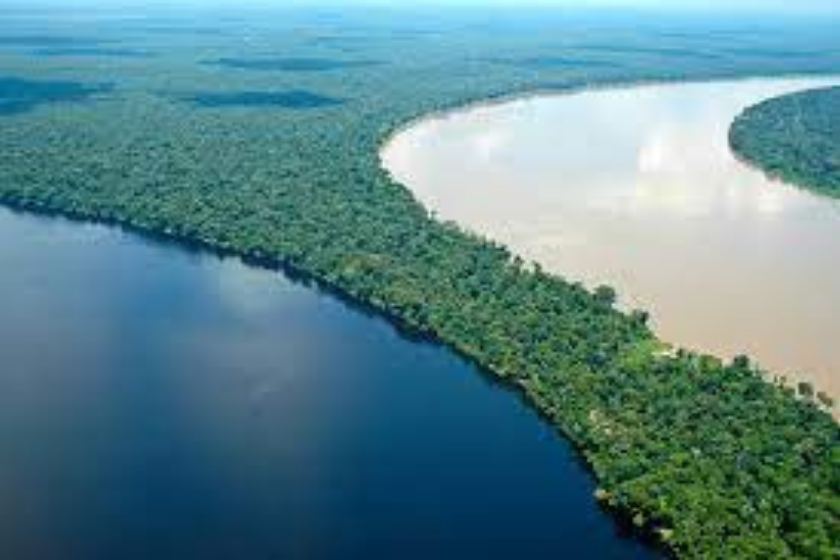The challenges of water supply in Brazil
Brazil has huge dimensions and is one of the countries with the most water resources in the world, but it has problems with water indicators. According to the most recent data, only 83.7 % of the population has a water supply system. In other words, almost 35 million Brazilians do not have access to such a basic good.
Access to treated water and sewage is unequal in the country. In general, urban areas have better rates, while rural, irregular, and remote areas are more affected. In these areas, less than 30 % of the houses are connected to some sort of water or sewage system. Most of the drinking water supply comes from wells and river sources.
In terms of access to sanitary sewer, the scenario is even worse: only 4% of rural households are connected to the sewerage system. Most people use cesspits or dump untreated sewage into nature, causing environmental and health problems.
The 2019 report from Brazil’s National Sanitation Information System (SNIS) informs that just over half of the Brazilian population (54.1%) has sewage collection.
Why are these numbers so low? Brazilian sanitation faces several challenges, ranging from environmental issues to social causes. Check it out:
Environment: The Cerrado region covers the states of Goiás, Tocantins, and Federal District, as well as part of the states of Bahia, Ceará, Maranhão, Mato Grosso, Mato Grosso do Sul, Minas Gerais, Piauí, Rondônia, and São Paulo. It is considered the “water tank of Brazil” because of its strategic position in the formation of river basins . However, this important biome is being devastated by the expansion of the agricultural frontier. Its land use has had a positive effect on productivity, but the lack of firmer environmental regulation has resulted in harmful exploitation.
Waste and losses in water distribution: Water losses are another major problem. They are caused by leaks in the pipes, fraud, and reading error in the hydrometers. According to the SNIS, they reached an average of 39.2% in 2019. The average in developed countries is less than 20%. A study conducted by the Trata Brasil institute revealed that the wasted volume is equivalent to about seven thousand Olympic swimming pools per day and represents annual losses of about R$ 10.5 billion.
Social Inequality: Brazil is a country of many inequalities and we know that people in poverty have less access to treated water and sewage. Many people live in irregular houses, in risky situations, without access to basic sanitation services. This also causes a public health problem because people are at higher risk of developing diseases if they have less access to treated water and sewage.
Climate change: Climate change can cause changes in rainfall patterns and aggravate the maintenance of water levels. The rains that infiltrate the soil are those of low intensity and prolonged time, events that are becoming rarer. When a large amount of rain falls in a short period of time, it tends to run off the surface as the soil reaches its saturation capacity and stops absorbing the water.
Infrastructure: 70% of Brazil’s water availability is in the Amazon, but 90 % of the population lives in other regions. Water is abundant, but poorly distributed. Because of the size of the country, the current infrastructure cannot provide basic sanitation for all.
But every problem has a solution!
More and more people are realizing how valuable water is and that, although it is abundant in Brazil, it is not infinite. Several sectors of the Brazilian economy have made efforts, such as: reusing water in industries, using technologies to reduce water consumption in agriculture, and increasing the coverage of water supply and collection by sanitation companies.
Moreover, through works to improve, expand and revitalize water supply and distribution infrastructures, combined with the use of technologies and innovations in the sanitation sector, it is possible to improve the water supply scenario in remote or hard-to-reach regions. This segment needs more private and public investments.
The more people become aware of the importance of water, the more respect they will have in its use, being careful not to pollute or waste it. Environmental education is fundamental to form participative citizens who are aware of their responsibilities towards environmental preservation. This will ensure that future generations will have access to water.

















